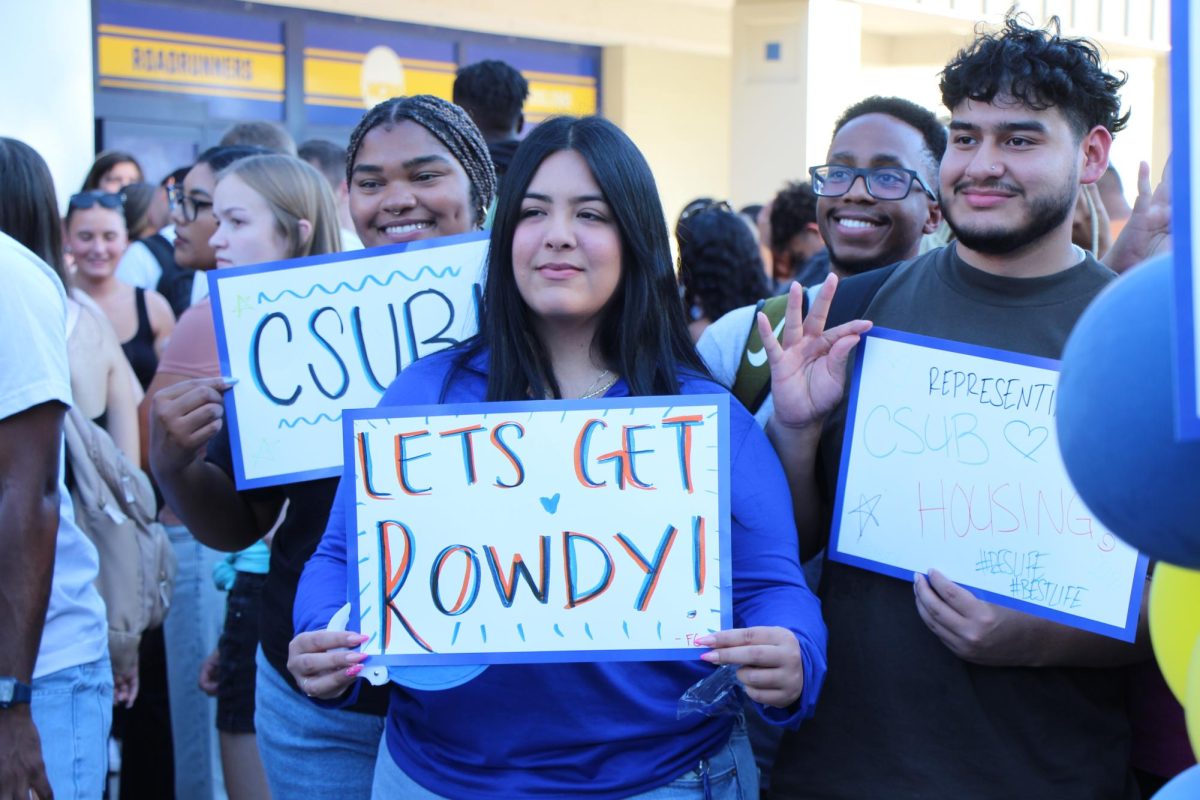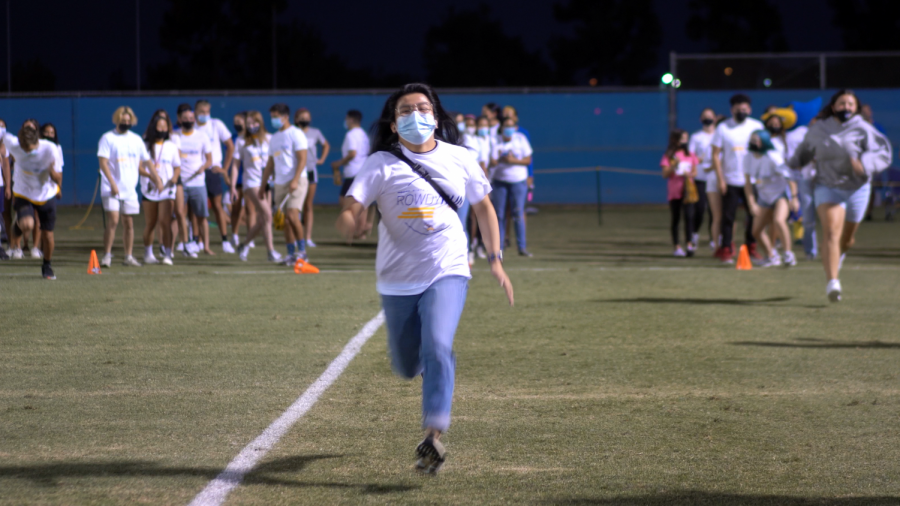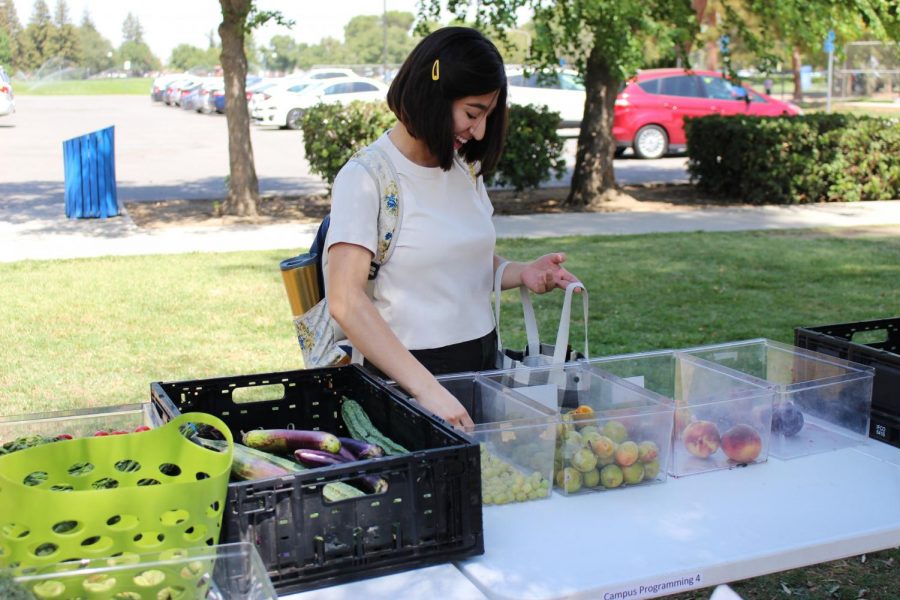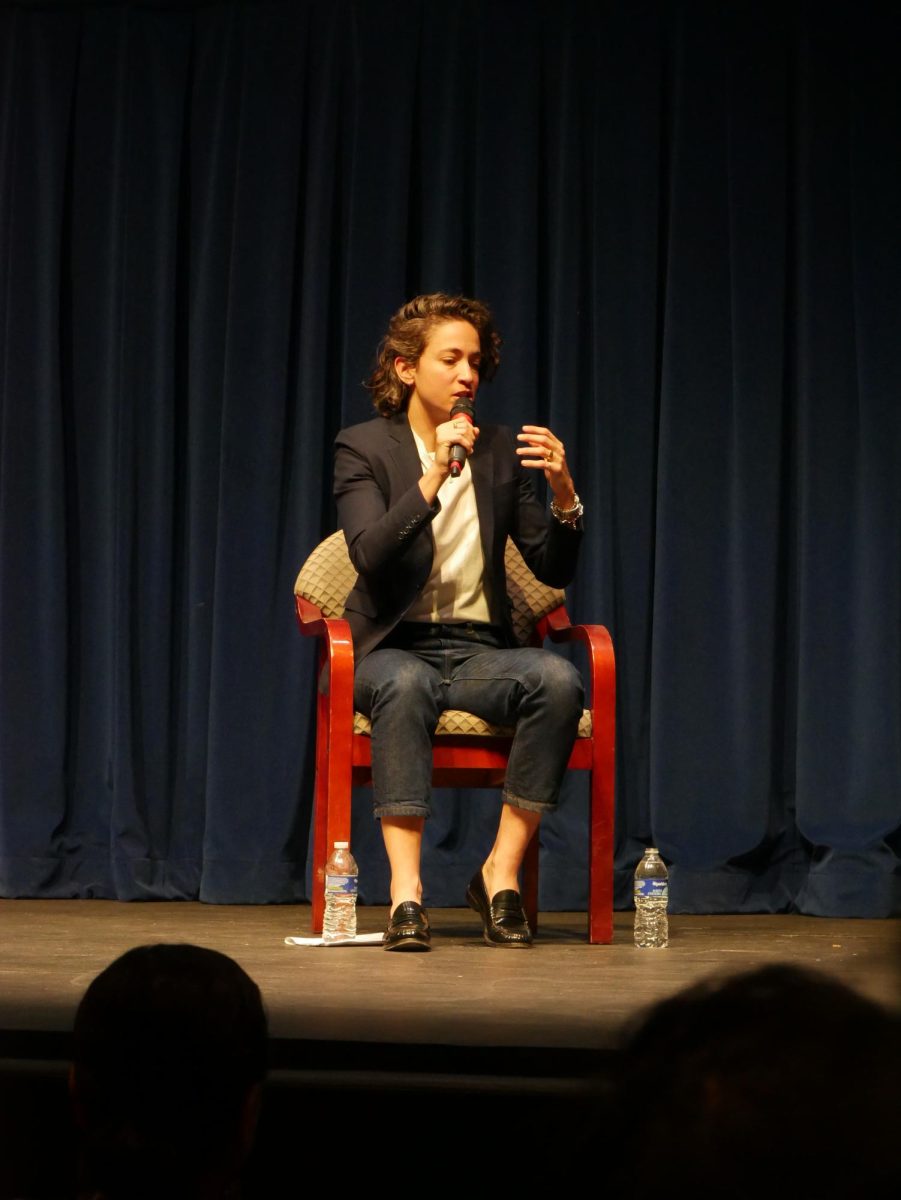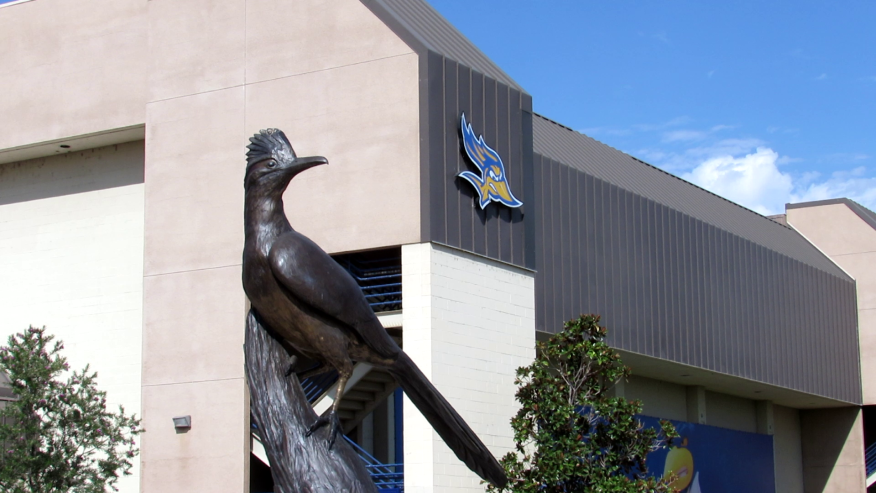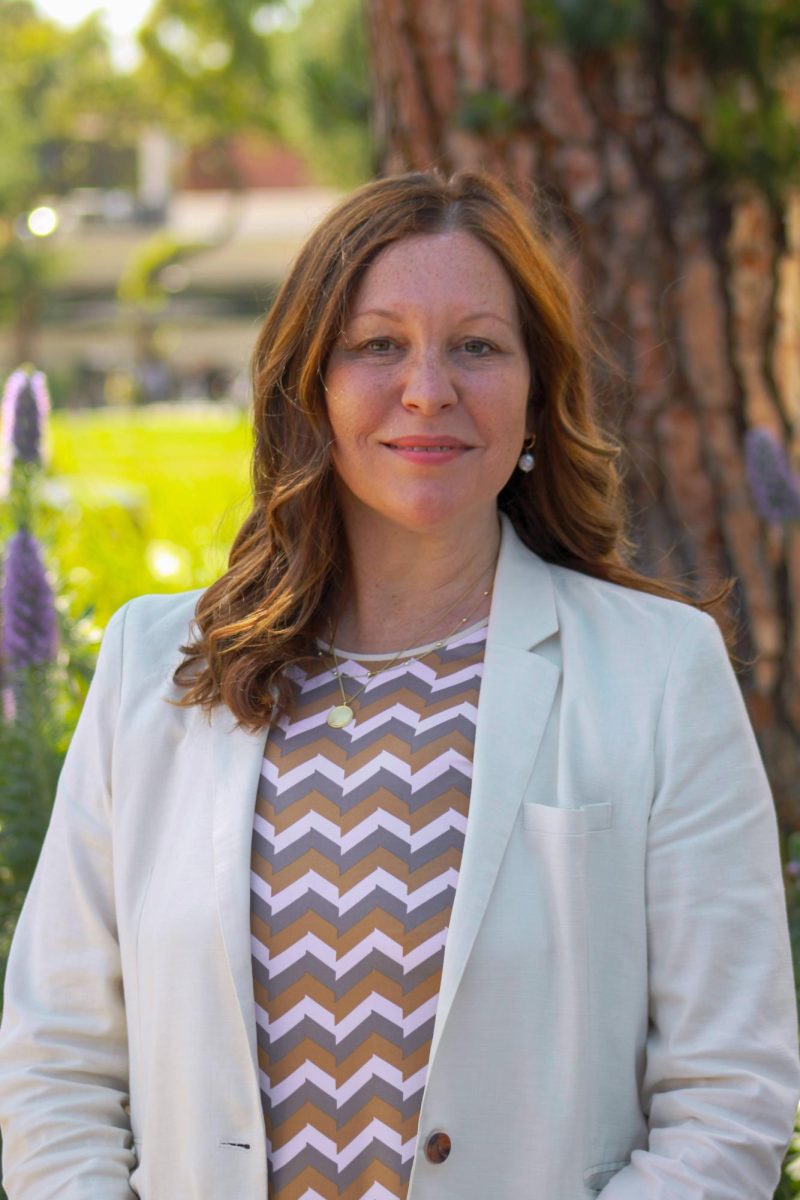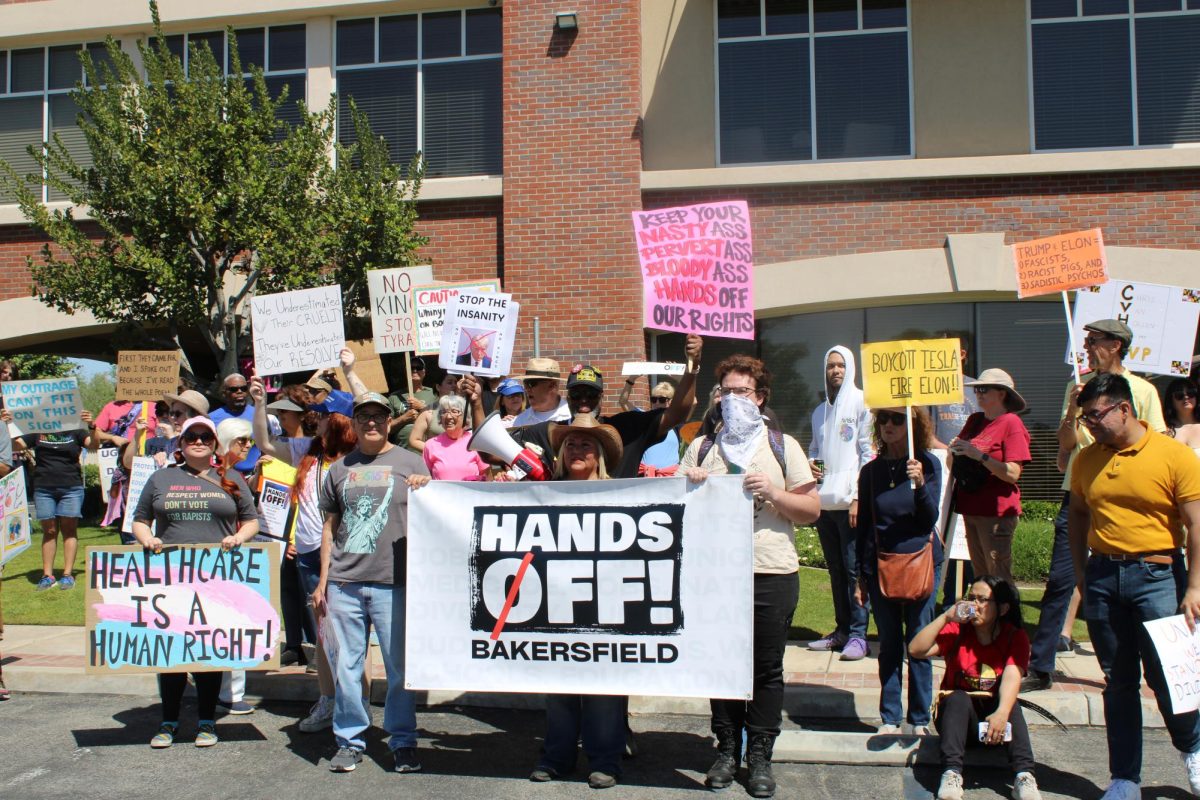News Editor
With California rainfall at record lows and both state and city water mandates in effect, CSU Bakersfield’s facilities management has risen to the challenges a drought brings to such a large, lush campus.
State mandate called for a 25 percent cut in water usage compared to 2013 usage starting in January of 2015. As of Sept. 1, 2015, campus usage is 44 percent below the relative 2013 water use. An additional mandate put in place June 1, 2015, due to the city of Bakersfield’s lack of conservation compared to other areas of the state, required a 36 percent cut. Again, CSUB exceeded the requirement at 55 percent below June-September 2013 usage.
Assistant Vice President of Facilities Planning Development and Operations Patrick Jacobs said that the necessary changes made to exceed the mandates focuses on outside irrigation almost exclusively.
“It really doesn’t matter what you do in the buildings,” Jacobs said. “The total building water use for restroom, toilets, urinals, and drinking fountains is 15 percent of our total. The big number, 85 percent of our total, is irrigation outside, so I don’t focus very much on the inside because there’s not much to be gained there.”
Though Jacobs does encourage faculty and students to be aware of how much water they consume, the installation of low-flow toilets, waterless urinals and updated drinking fountains leaves little to waste already.
“Some people go so far as ‘don’t flush the toilet every time you use it,’ I’m not into that at all,” he said.
He added the main way to see major changes number-wise is all in the grass. Previously grassy areas on campus near Science Buildings I and III as well as the library are already under conversion to low-water-use shrubs and mulch.
“We’ve focused on our water use in general and then we’ve tried to take out areas of [turf] grass where we can because turf grass uses like three times as much water as plants do,” he said.
Though it may seem obvious to continue replacing grass with shrubs for such conservation, cost is a factor facilities management must consider.
“We’re going to try to eliminate turf grass wherever possible, where we don’t need it,” he said. “The problem is, it’s expensive. Those three little areas are costing us over a quarter of a million dollars. So to do it wholly around the campus would be a multi-million dollar deal. That includes killing the grass, putting in drip irrigation, putting in plants [and] all that stuff. It’s not a cheap fix, but wherever possible we will continue to head in that direction.”
By doing this, CSUB has saved over 76 million gallons compared to 2013, an amount far more than what either the state or the city has mandated. However, should future drought conditions worsen and more drastic mandates put in place, Jacobs is certain CSUB plant life wouldn’t survive.
“We’re trying not to kill them but we’re trying to essentially stress them to the point of still being alive but not thriving,” Jacobs said about the other patches of campus greenery not getting converted.
“We’re at a point right now where if we were to use less water, we’d be killing things,” he said. “So if we were asked to cut another 20 percent, we might as well just kill the grass. Could we live another year at this same level we’re at right now? Yes, we could if we had to.”



